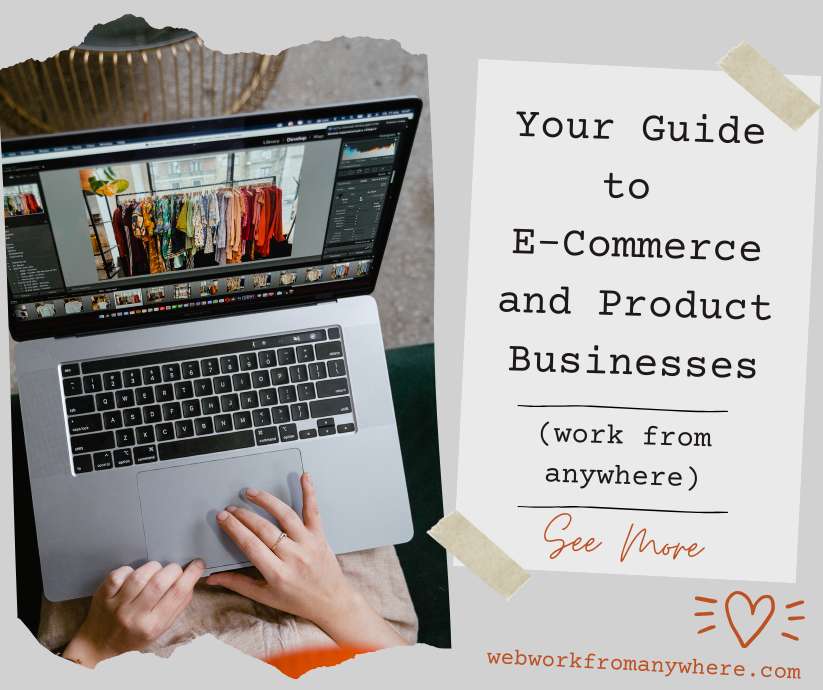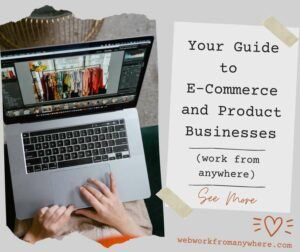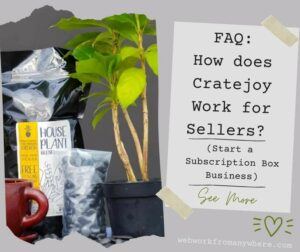Want to run a product business without the hassle of inventory sitting in your garage or trips to the post office?
Modern e-commerce lets you sell physical products from anywhere in the world – without ever touching the merchandise yourself. Sound good? Let’s break down the options so you can get started…
Short on Time? Here are my recommendations with links to guides and resources:
✅ Dropshipping: Sell products online, suppliers handle shipping.
✅ Print-on-Demand: Create custom designs, no inventory needed.
✅ Amazon FBA: Amazon stores, packs, and ships for you.
1. What is Work from Anywhere E-commerce?
This type of e-commerce means selling physical products online while your technology partners handle the inventory, packaging, and shipping for you.
So, you can do it from your kitchen island or a beach in Bali!
Here’s how it works
a) You set up an online store (e.g. your own website or a social media page) and choose products to sell
b) You market and advertise the products (using free or paid methods)
c) Customers place orders through your store
d) Your technology partner automatically fulfills the order – they handle storage, packaging, and shipping
d) You earn the profit margin between your selling price and your costs
f) You manage the business from your laptop, anywhere with internet
The beauty of this model?
No warehouse rental, no packing boxes at your dining table, and no trips to the shipping center. You focus on marketing and customer service while your partners handle the physical logistics.
You can also earn through
- Upselling and cross-selling – Recommend related products to increase order value
- Repeat customers – Build a customer base that orders regularly with email marketing
- Wholesale partnerships – Some platforms let you sell in bulk to retailers
- Private label branding – Eventually develop your own branded product lines

2. What are My E-commerce Options?
The key is choosing ONE approach that matches your interests and comfort level. Here are your options:
1. Dropshipping: The Lowest-Risk Entry Point
You list products in your online store, and when someone buys, your supplier ships directly to the customer. You never see or handle the inventory.
Best for: Testing product ideas, variety in offerings, minimal upfront investment
Sell on your website, social media, YouTube, eBay and directly within TikTok Shop
Startup cost: $100-500 (store setup and initial marketing)
Time to first sale: 2-4 weeks
Profit margins: 10-30% typically
Learn more: Guide to Dropshipping for Beginners
2. Print-on-Demand: Sell Custom-Designed Products
Create designs for t-shirts, mugs, wall art, or phone cases. When someone orders, your partner prints and ships it with your design. Perfect for creative ideas without inventory risk.
Best for: Creative types, niche communities, unique designs
Sell on your website, Etsy, social media shops (TikTok shop for trending products), YouTube, and eBay
Startup cost: $0-200 (design tools and store setup)
Time to first sale: 2-6 weeks
Profit margins: 20-40% typically
Learn more: Beginners Guide to Print-on-Demand
3. Amazon FBA: Leverage the World’s Largest Marketplace
You send inventory to Amazon’s warehouses, and they handle storage, packing, shipping, and customer service. Your products get access to millions of Prime customers.
Best for: Those ready to invest more upfront, products with proven demand
Sell on Amazon
Startup cost: $2,000-5,000 (inventory, fees, shipping to Amazon)
Time to first sale: 4-8 weeks
Profit margins: 25-50% on successful products
Learn more: What is Amazon FBA: A Beginners Guide
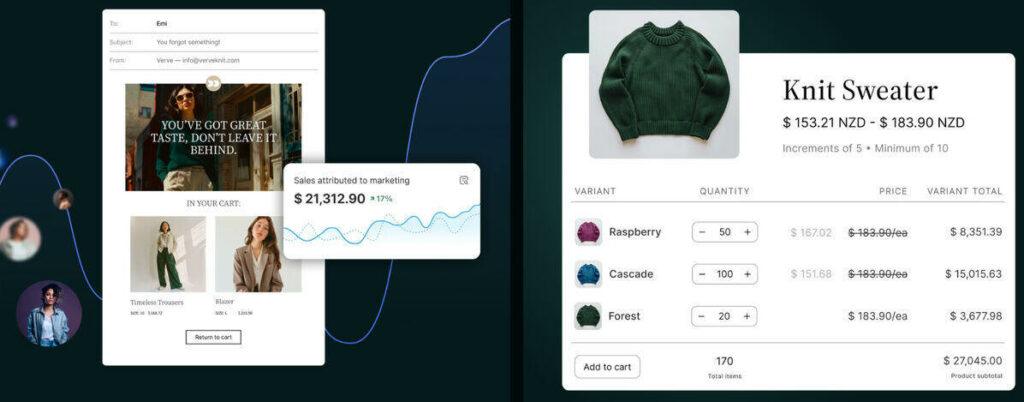
3. How do I Choose Which One?
Ask yourself these questions:
Q: How much can you invest upfront?
Dropshipping and print-on-demand require minimal investment. Amazon FBA needs more capital but offers faster scaling potential.
Q: Are you creative or analytical?
Print-on-demand suits designers and creative thinkers. Dropshipping and FBA work better for product researchers and market analyzers.
Q: How hands-on do you want to be?
Dropshipping requires the most active management (customer service, supplier communication). Amazon FBA is the most automated once set up.
Q: What’s your risk tolerance?
Dropshipping has the lowest financial risk. Amazon FBA requires the most upfront investment but has the highest profit potential.
Q: Can you combine methods?
Many successful sellers start with dropshipping to test products, then move winners to Amazon FBA for better margins and faster shipping.

4. What do I Need to Get Started
For all three models:
- Computer or laptop with internet
- Email and phone for business communication
- Payment processing account (Stripe, PayPal, or similar)
- An understanding of online shopping – Amazon, Udemy, and Shopify all have courses.
Get to know:
- Social media marketing skills
- Graphic design skills (Canva makes this easy)
- Customer service experience (you’ll learn quickly). Udemy has lots of courses.
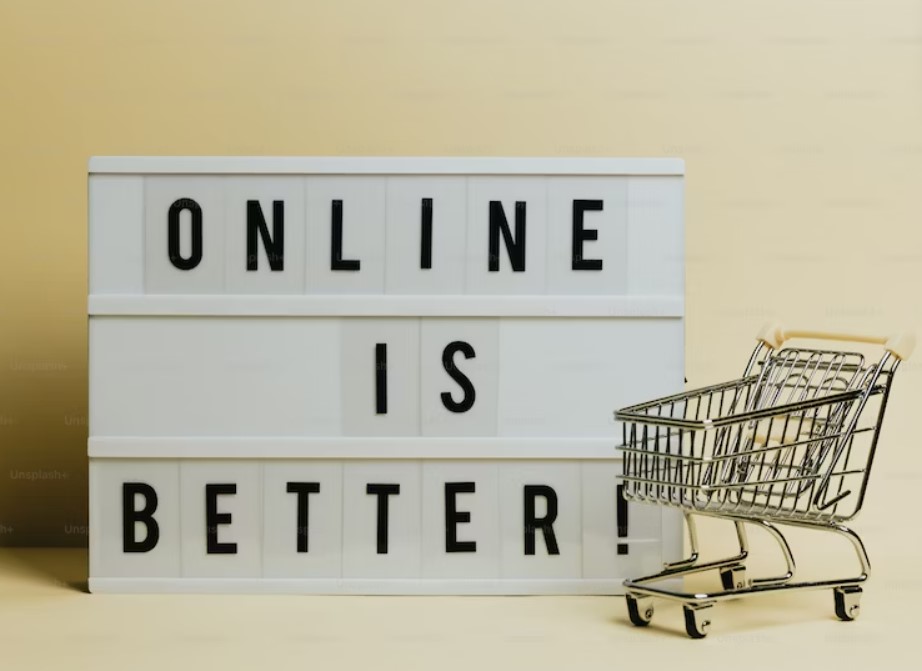
5. FAQ – E-Commerce
Q: Is E-commerce saturated? Can beginners still succeed?
E-commerce is competitive, but new sellers succeed every day by finding specific niches, unique products, or underserved audiences. Success comes from solving problems, not just selling products.
Q: What about returns and customer complaints?
Yes, they happen. Budget for a 2-10% return rate depending on your products. Good product selection and clear descriptions minimize issues. Most platforms have systems to handle this smoothly.
Q: Do I need to know about importing and customs?
For dropshipping and print-on-demand, your partners handle this.
For Amazon FBA, you can find guidance in Amazon Seller Central and its forums. Also, communities like subreddits and Facebook groups offer step-by-step advice and practical tips.
Q: “Can I really do this from anywhere?”
Yes. As long as you have internet access, you can manage these businesses. Many sellers run their stores while traveling, from different countries, or from home.
Your Next Step
Pick a model that fits your budget and interests – each link below includes tips and resources to help you succeed….
>> Guide to Dropshipping – an easy way to start an online store.
>> Guide to Print-on-Demand – turn your designs into products – zero inventory.
>> Guide to Amazon FBA – your shortcut to selling on the world’s biggest marketplace.
E-commerce is a legitimate path to location-independent income. With patience, testing, and persistence, you can build a business that runs from anywhere!
